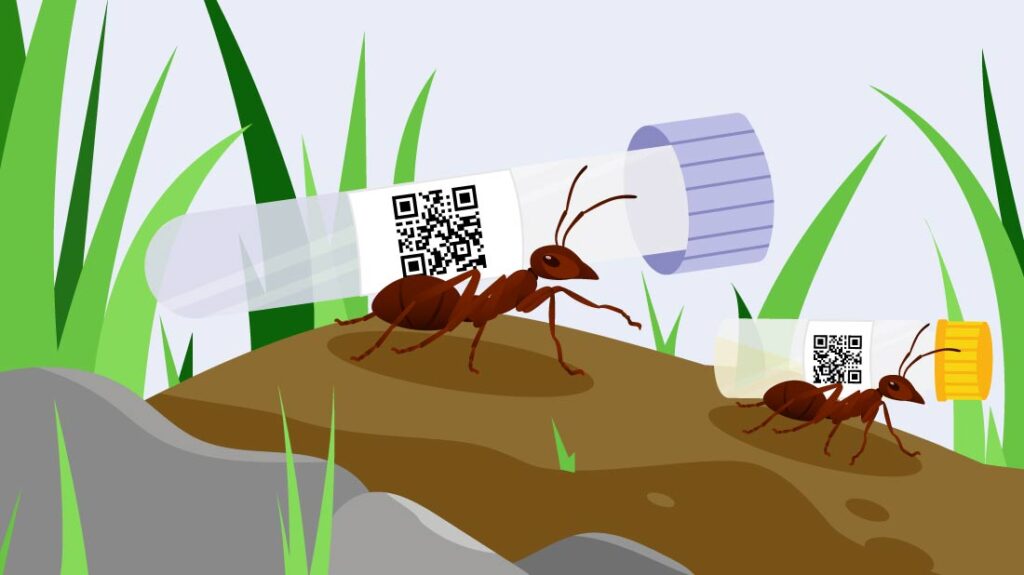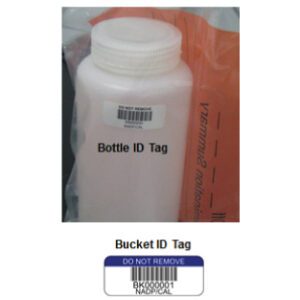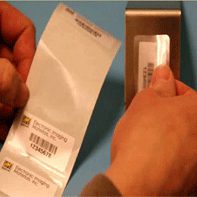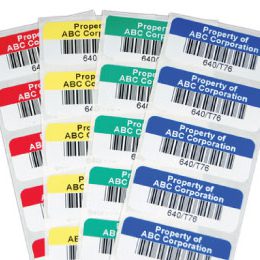Ever had trouble with labels not sticking to vials during water baths or daily use? It’s a common headache in labs. The heat and moisture from water baths can make barcode labels peel off or smudge, making it hard to keep track of samples. This was the issue researchers at Hawaii Ant Lab were experiencing when they reached out to The Label Experts.

Nestled in the heart of Hilo, Hawaiʻi, with additional locations in Kailua-Kona and Oʻahu, the Hawaii Ant Lab (HAL) is a dedicated team committed to combating invasive ants. Their mission is to protect Hawaiʻi’s unique ecosystem and support its residents, agriculture, green industry, and plant nurseries by solving the destructive challenges these tiny, yet formidable pests pose. And, arguably the coolest fact about HAL is that today, they use our barcode labels in their operations!
Little Fire Ants
Little fire ants were first detected on Hawai’i Island in 1999. They thrive in shady, damp environments, forming “supercolonies” from treetops to forest floors. Population densities can reach up to 100 million ants per acre! To eradicate them, every colony must be eliminated. This is vitally important for both the ecosystem and the people who live nearby. Little fire ants sting humans, can blind pets, and are known to wreck untold amounts of agriculture when they are allowed to proliferate without check.
Barcode Labels in Action
So where do water baths and EIM’s barcode labels come into play, you ask? Before invasive species can be eradicated, HAL has to identify the specific geographic areas little fire ants are invading. And those geographic surveys are where The Label Experts get involved in the process!
We got the chance to sit down with Melody Euaparadorn, the team’s Extension Agent, to learn more about how HAL utilizes barcode labels in their fight to protect Hawaiʻi’s ecosystem and what brought them to EIM in the first place.
Melody says, “We use your QR code labels on plastic vials during our ant surveys. Each vial is baited with either jelly, peanut butter, or peanut butter mixed with Spam to attract different ant species. During the survey, we place these baited vials every 20 feet and scan each QR code with our mobile data collection app, which records a GPS point for each vial. Survey areas range anywhere from 5,000 square feet up to 100 acres. It is vital that we can trace a single sample back to its location during a survey. A single survey can use over 1,000 sample tubes.”
Back in the lab, HAL’s team identifies the ants in each vial under a microscope, and that, “Allows us to create a map that shows all vial locations and highlights those positive for our target species, Little Fire Ants.”
Once those samples are processed, the vials need to be cleaned for reuse in the next survey. Once used, the vials are put in a water and degreaser bath for a week—those vials come out squeaky clean, ready to go out and be used in more surveys…but HAL’s original vial labels, not so much. They kept degrading, peeling, and coming off, resulting in a lot of waste and expense. They needed labels that would stick on throughout the cleaning and sterilizing processes. That’s what led them to EIM, looking for more durable labels.
Once The Label Experts understood the scope of HAL’s label problem and the conditions they needed their vial labels to last through, we were able to supply them with an ultra-durable CryoLabel® that they now use (and re-use!) in multiple HAL labs across Hawaii.
A Team on a Mission
The more we talked to Melody, the more we were in awe of the gigantic scope of HAL’s mission. They are constantly combating invasive ants through research, education, and hands-on intervention. When it comes to the research side, Melody says “We continuously study invasive ant species to develop innovative management and eradication methods. Research is crucial in staying ahead of the evolving threat posed by these pests.”
Another huge component of HAL’s work is educating members of their community on best practices for preventing and managing ant infestations. They also host monthly Ant Management Clinics that offer free, practical training to residents.
And HAL’s operations team is constantly on the lookout to detect new outbreaks. “Our team conducts surveys and treatments at high-risk areas such as ports of entry, green waste facilities, and plant nurseries,” Melody explains. “We also participate in statewide eradication efforts, working to eliminate new infestations before they can spread.”
Hawaii Ant Lab’s Research Leads to Success in Maui
As a result of HAL’s research, other partner organizations have worked together to successfully eradicate a 175-acre infestation of little fire ants on Maui. You can read a deep dive on this amazing three-year undertaking on HAL’s website—we just have to say it involves helicopters, some pretty cool science, AND a pancake batter-like delivery substance that carries humane ant birth control that suppresses the queen ants’ ability to lay eggs. Check it out for yourself!
Get Involved
Want to help safeguard Hawaii’s natural beauty and ensure a healthy, little-fire-ant-free environment for future generations? Check out the Hawaii Ant Lab website. Here, you can learn more about HAL’s mission and consider making a donation to support their ongoing efforts!
Get Labeled
For your toughest projects, you can trust what Melody says about EIM’s barcode labels: “Your labels have held up great on our vials that take a beating!”
> Get in touch with The Label Experts today to discuss your next label project!




